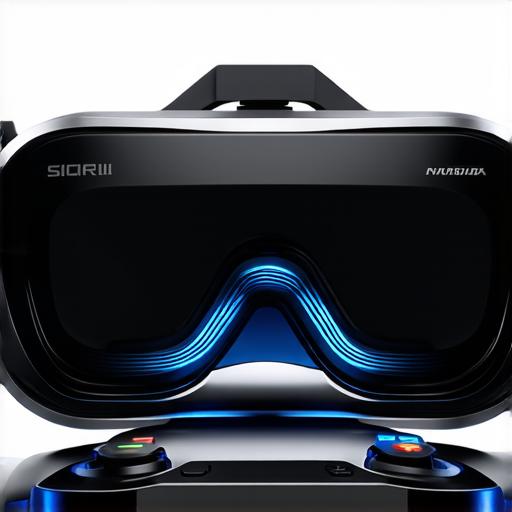
How Virtual Reality Operates
Virtual reality (VR) technology has been evolving rapidly in recent years, with advancements in hardware and software making it possible to create immersive and interactive experiences unlike anything we’ve seen before.
However, despite its potential, many people are still wondering how VR operates and what goes into creating these incredible experiences.
In this article, we will take a closer look at the inner workings of virtual reality, exploring everything from the hardware components to the software that powers them. By the end of this guide, you’ll have a solid understanding of how VR works, as well as the skills and knowledge needed to start creating your own immersive experiences.
Hardware Components
At its core, virtual reality is all about creating an immersive environment that feels like the real world, but with a unique twist. To do this, we need a range of hardware components that work together seamlessly to create a believable and interactive experience.
The first component is the headset. This is the device that sits on your head and tracks your movements, allowing you to look around and interact with the virtual environment. There are several different types of VR headsets available, including Oculus Rift, HTC Vive, and PlayStation VR. Each of these devices has its own set of features and specifications, so it’s important to choose one that meets your needs and budget.
Next up is the computer or console that powers the VR experience. This device is responsible for rendering the virtual environment and sending the data to the headset in real-time. The more powerful the computer or console, the smoother and more immersive the experience will be. Popular options include high-end gaming PCs and the PlayStation 4 Pro.

Finally, we need some input devices to allow us to interact with the virtual environment. These can include controllers, gloves, or even full-body suits that track your movements. The choice of input device will depend on the type of VR experience you want to create, but most headsets come with their own set of controllers as standard.
Software Components
Now that we have all the hardware in place, let’s take a look at the software side of things. Virtual reality experiences are created using a combination of 3D modeling, game design, and programming skills.
The first step is to create a 3D model of the virtual environment. This can be anything from a simple room to a complex outdoor landscape. Once the model is complete, it needs to be imported into a VR development software like Unity or Unreal Engine. These programs allow you to add interactive elements, such as doors and windows, as well as script the behavior of objects in the environment.
Next up is game design. This involves creating the rules and mechanics that govern how players interact with the virtual environment. For example, you might create a puzzle that requires players to solve a series of riddles to progress, or a combat system that allows players to engage in battles with virtual enemies.
Finally, we need to program the VR experience. This involves writing code that tells the computer or console what to do and when. This can be as simple as moving an object when a player interacts with it, or as complex as creating a fully-realized artificial intelligence system that can respond to player actions in real-time.
Case Study: Creating a Virtual Reality Escape Room
Let’s take a look at a real-life example of how virtual reality works. Imagine you want to create a virtual reality escape room experience.


